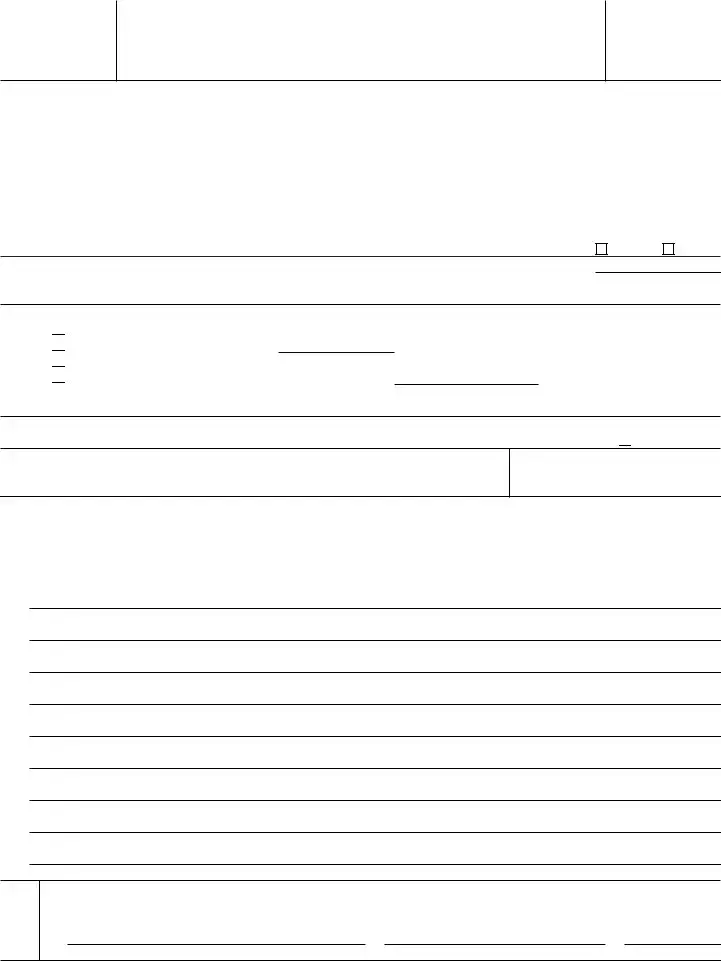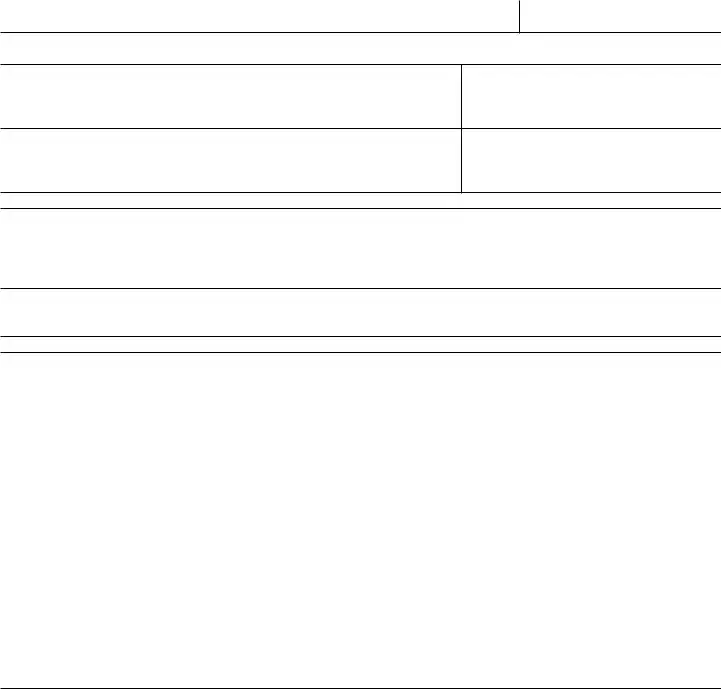The IRS 2553 form, commonly associated with the election by a small business corporation to be treated as an S corporation, has cousins in the realm of tax documents that serve similarly pivotal roles for different entities or circumstances. These forms, while unique in purpose, share a conceptual thread with the IRS 2553 in facilitating specific tax-related declarations or elections by taxpayers.
Similar to the IRS 2553, the IRS Form 8832, Entity Classification Election, provides a mechanism for an entity to elect how it wishes to be classified for federal tax purposes. This could be as a corporation, a partnership, or an entity disregarded as separate from its owner. The parallel lies in the elective nature of both forms, granting entities control over their tax treatment. Where the 2553 is exclusive to S corporations, Form 8832 offers a broader range of classification possibilities, accommodating a wider variety of business structures under its umbrella.
Another document, IRS Form 8822-B, Change of Address or Responsible Party — Business, shares a procedural similarity with the 2553 form, albeit for a different purpose. It is pivotal for businesses to keep the IRS informed of their current address and the identity of their responsible party, as this ensures vital communications regarding tax responsibilities are duly received. While not directly related to tax election, like the 2553, it's a critical administrative task that maintains the integrity of a business’s tax account, reflecting the importance of updating information with the IRS.
The IRS Form 1120S, U.S. Income Tax Return for an S Corporation, directly complements the 2553 form, acting as a subsequent step in the life of an S corporation. After a corporation files Form 2553 and is approved to elect S corporation status, it must annually file Form 1120S to report the income, gains, losses, deductions, credits, etc., of the corporation. The two forms are closely linked, with the 2553 serving as the gateway through which a business must pass to enter the realm of S corporation taxation, necessitating the yearly filing of Form 1120S thereafter.
Analogous in its niche purpose, the IRS Form 1023, Application for Recognition of Exemption Under Section 501(c)(3) of the Internal Revenue Code, opens the door for non-profit organizations to be recognized as tax-exempt by the IRS. This form is critical for charitable, religious, educational, and scientific organizations seeking to operate without the burden of federal income tax. Similar to how the 2553 form defines a corporation's tax status, Form 1023 delineates the federal tax exemption status for nonprofits, underlining the transformative impact such elections have on an entity's financial and operational landscape.
Lastly, the IRS Form W-9, Request for Taxpayer Identification Number and Certification, though more frequently encountered and broader in its application, shares a foundational connection with the 2553 form. It is used to provide the correct taxpayer identification number (TIN) to entities that are required to file information returns with the IRS to report income, such as interest, dividends, and proceeds from real estate transactions. This form underpins the importance of proper identification and classification in the eyes of the IRS for tax reporting and compliance purposes, reflecting the overarching theme of entity identification and classification critical to both individual and business tax affairs.


 Calendar year
Calendar year Fiscal year ending (month and day)
Fiscal year ending (month and day) 





 if the fiscal year entered in item F, Part I, is requested under the prior approval provisions of Rev. Proc.
if the fiscal year entered in item F, Part I, is requested under the prior approval provisions of Rev. Proc. 
 to show that the corporation intends to make a
to show that the corporation intends to make a 
 to show that the corporation agrees to adopt or change to a tax year ending December 31 if necessary for the IRS to accept this election for S corporation status in the event (1) the corporation’s business purpose request is not approved and the corporation makes a
to show that the corporation agrees to adopt or change to a tax year ending December 31 if necessary for the IRS to accept this election for S corporation status in the event (1) the corporation’s business purpose request is not approved and the corporation makes a 
 to show that the corporation will make, if qualified, a section 444 election to have the fiscal tax year shown in item F, Part I. To make the election, you must complete
to show that the corporation will make, if qualified, a section 444 election to have the fiscal tax year shown in item F, Part I. To make the election, you must complete 
 to show that the corporation agrees to adopt or change to a tax year ending December 31 if necessary for the IRS to accept this election for S corporation status in the event the corporation is ultimately not qualified to make a section 444 election.
to show that the corporation agrees to adopt or change to a tax year ending December 31 if necessary for the IRS to accept this election for S corporation status in the event the corporation is ultimately not qualified to make a section 444 election.